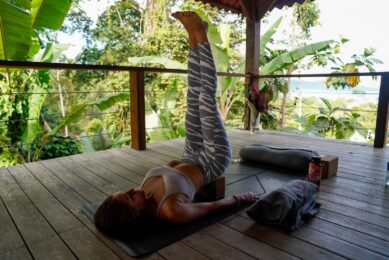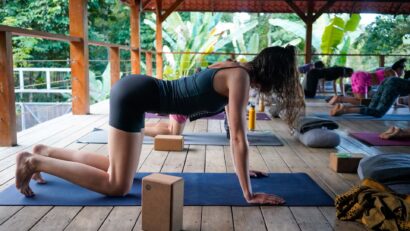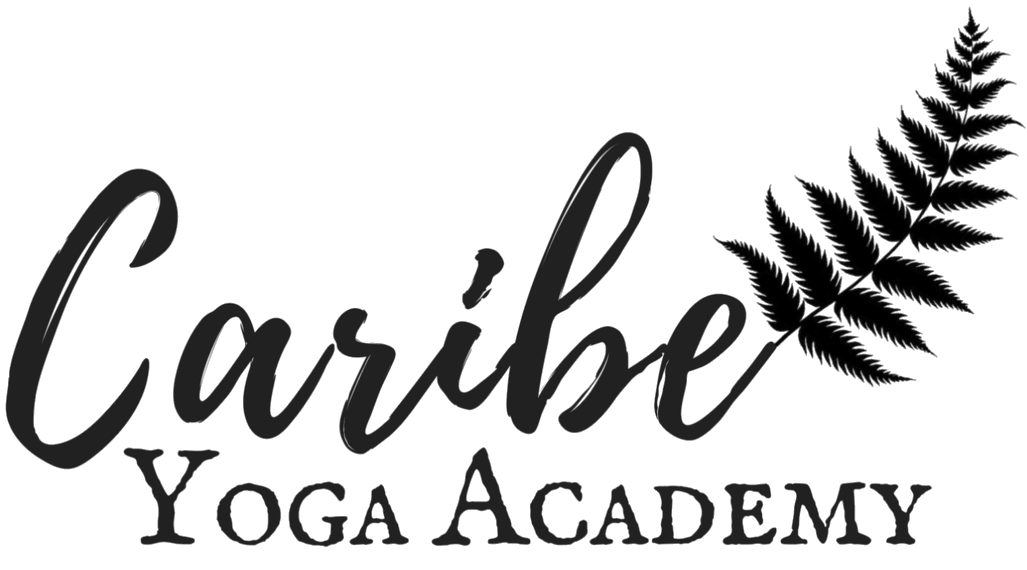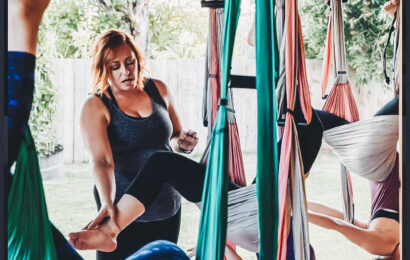 The word “yoga” derives from the Sanskrit word “Yuj,” which means “to unite.” There are many types of yoga, each designed to align and unite the mind, body, and soul, instilling a sense of peace and serenity into the practitioner’s life. Since its relatively recent adoption in the west, yoga has sparked a wildfire of new yogis and yoginis.
The word “yoga” derives from the Sanskrit word “Yuj,” which means “to unite.” There are many types of yoga, each designed to align and unite the mind, body, and soul, instilling a sense of peace and serenity into the practitioner’s life. Since its relatively recent adoption in the west, yoga has sparked a wildfire of new yogis and yoginis.
While yoga is the word most people use to describe this form of spiritual engagement, it comes in many different variations and thus has many names. Understanding the varied expressions and teachings of the yogic practices is helpful for anyone looking to get started and even for experienced yogis looking to deepen or expand their repertoire.
Types of Yoga
Ashtanga Yoga
Founded in 1948 by K. Patthabi Jois, this type of yoga demands a high level of fitness, focus, and flexibility to participate.
What sets Ashtanga yoga apart from other types of yoga on this list is that the entire practice is a set of asanas, flowing from one to the next in the same order. It’s known as the “primary series,” and takes about 90 minutes to complete.
While the traditional version of Ashtanga is designed for yogis with a strong foundation of fitness and flexibility, beginners should not be discouraged. Mysore classes offer a slower, forgiving version of the primary series, and many yoga studios teach them.
An added benefit of attending an in-person Mysore class is that the instructor will be able to provide guidance and postural corrections, which will enhance your practice.
Vinyasa Yoga

Vinyasa, or as it’s more commonly called, “flow” yoga, differs from Ashtanga in that instead of a fixed sequence of asanas, variations are endless. To that end, it’s possible for no two classes ever to be the same.
Thousands of years ago, when yoga came onto the scene, vinyasa was known as a sequence of movements performed to make something sacred. Using the breath, a yogi practicing vinyasa connects to that which is most sacred through a flow of intentional movements – or asanas.
As mentioned, the flow of vinyasa connects the body and mind via the breath. Each asana flows into the next, using the breath as a centering guide. This process deepens concentration and overall feelings of well-being. Its positive effect on treating anxiety is also well documented.
The opposite of a yoga practice that uses the breath as a guide would be an alignment-based one. In these, the yogi engages with an asana, feels and “sits” in it for a while, then releases.
Kundalini Yoga
This type of yoga is responsible for the philosophy behind the chakras, an often misunderstood aspect of yoga. It suggests a mass of energy at the base of the spine can be manipulated and opened up through specific movements, breath, and sound.
Seven chakras exist within the body, and the last, known as the crown chakra, resides in the space above the head. Kundalini works to release blocked energy in the root chakra, sending it up through each power center and out through the crown of the head.
One of the exciting things about Kundalini is that until the 1960s, when Bhajan introduced it to the west and taught it openly, it was kept secret – taught only to royalty and nobility. We live in a privileged time.
Aerial Yoga
A bit of a different type of yoga, this form utilizes a silk hammock or sling to brace the practitioner as they move through their poses, with some asanas occurring entirely in the air.
In addition to supporting the movements, the hammock improves flexibility and range of motion in ways that would be more difficult using only the body.
Aerial yoga is beginner-friendly and requires no prior experience to participate. Those experienced in doing other types of yoga will be able to get a lot out of it as well.
Worth it?
All that burning, sweating, and breathing – what’s the point, anyway? Well, while thousands of yogis have touted the benefits of yoga for generations, it’s only been since its recent popularization in the west that science has been able to prove those benefits with hard data.
It has an apparent positive effect on mental health issues like anxiety, depression, and even stress. Beyond that, it’s highly effective in treating low back pain and other bodily ailments.
Nevertheless, the only way to fully discover whether yoga is suitable for you or just more woo-woo hippie babble is to step on the mat and try it out for yourself.


Recent Comments